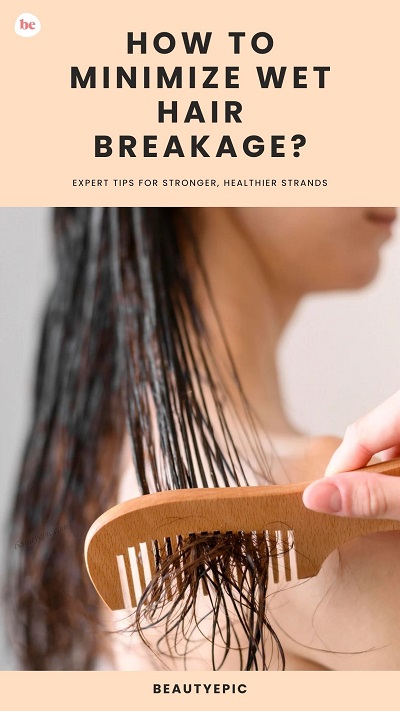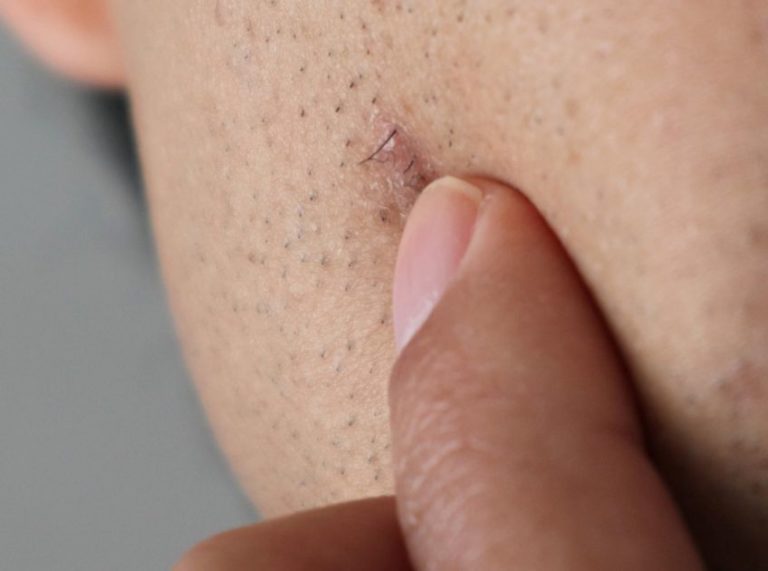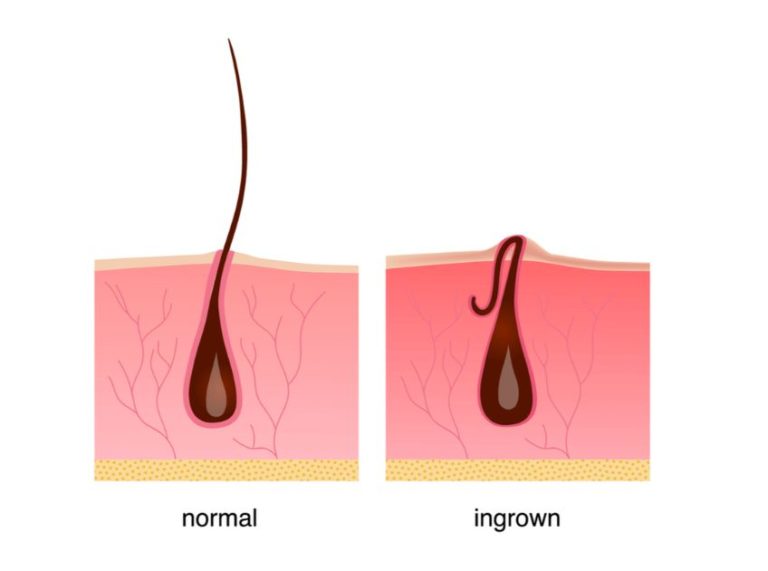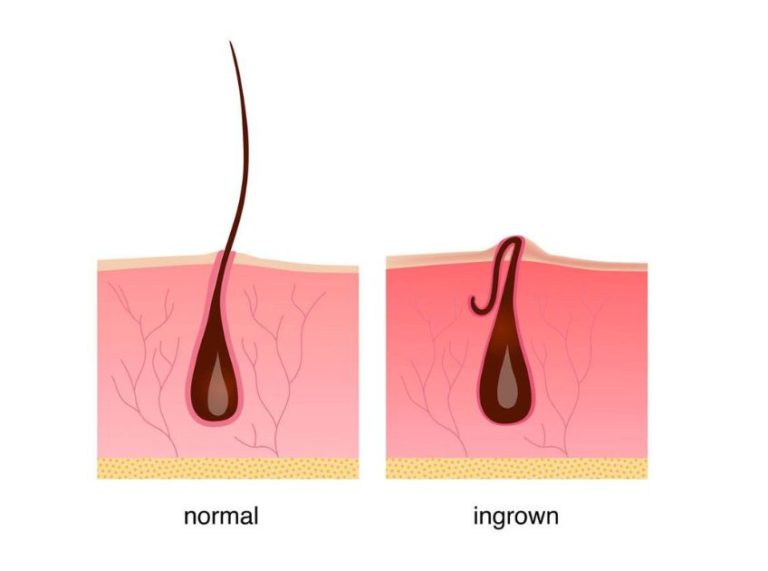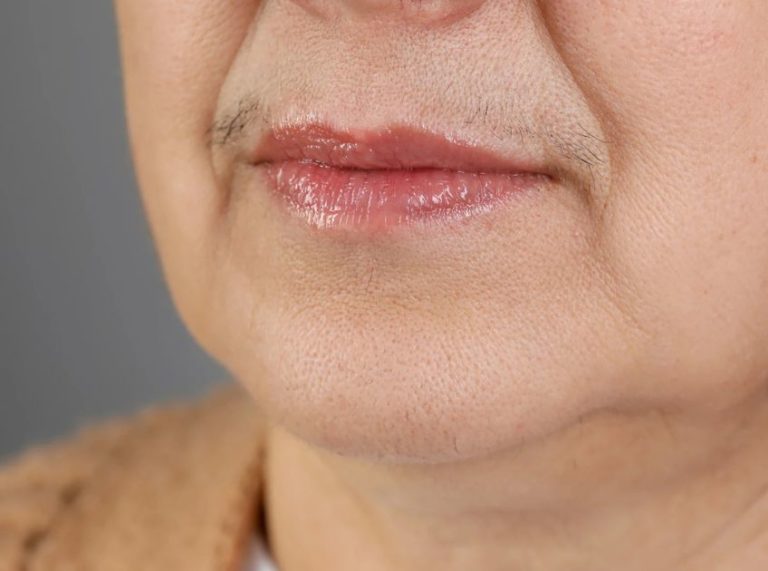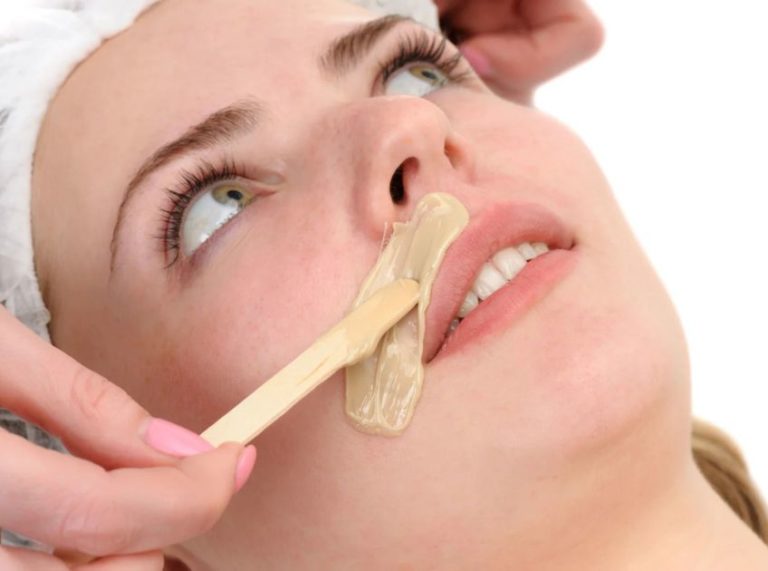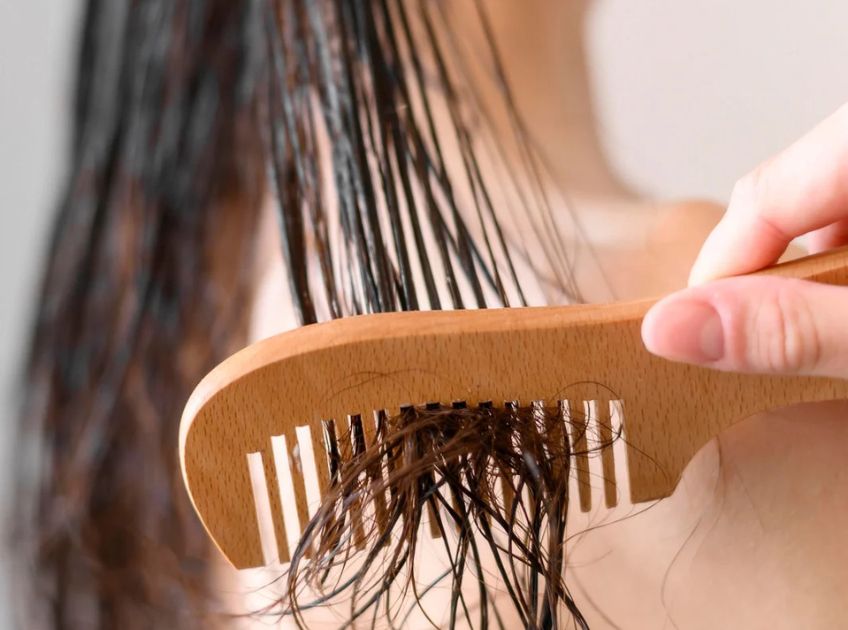
Important: This article is for informational purposes only. Please read our full disclaimer for more details.
Your hair may look shiny and fresh after a wash, but in reality, it’s in a delicate, vulnerable state. When hair is wet, water penetrates the shaft, causing it to swell and slightly lift the cuticle—the protective outer layer. This makes strands more elastic, but also more prone to stretching and snapping under tension.
A 2015 study in the Journal of Cosmetic Science found that wet hair has significantly reduced tensile strength compared to dry hair, which means it can break more easily when brushed, rubbed, or tied up too tightly. Understanding why this happens is the first step toward preventing it (1).
The Science: Why Wet Hair Breaks More Easily
When your hair absorbs water, the cortex (the inner layer) swells, pushing up the cuticle. This raised cuticle not only makes hair feel rougher but also weakens its structural integrity. That’s why actions like vigorous towel-drying, combing from roots to tips, or using hot tools immediately after washing can cause visible breakage, split ends, and frizz.
Some additional risk factors for wet hair breakage include:
- Hair type: Fine, chemically treated, or curly hair tends to be more fragile when wet.
- Water quality: Hard water with high mineral content can weaken hair over time.
- Product buildup: Excess residue can make wet hair sticky and harder to detangle, increasing the risk of snapping.
Breakage-Free Ways to Dry Your Wet Hair
1. Switch to a Microfiber Towel or Cotton T-Shirt
Traditional terry cloth towels have rough fibers that snag and fray hair. Microfiber towels or old cotton T-shirts are gentler and reduce friction.
2. Gently Squeeze, Don’t Rub
Instead of scrubbing your hair dry, gently press sections between the towel to remove excess water. This keeps the cuticle smooth and prevents tangling.
3. Detangle with Care
Wet hair should be detangled using a wide-tooth comb or a brush designed for wet hair. Always start from the ends and work your way up to avoid unnecessary tension.
4. Let Hair Air-Dry (Partially) Before Styling
If you’re planning to blow-dry or style, let hair air-dry to about 70–80% first. This reduces heat exposure and minimizes internal water-related damage.
5. Always Use a Heat Protectant
When using any heat tool on damp hair, apply a protectant spray or cream. Ingredients like silicones and quaternary compounds create a protective barrier against high temperatures.
6. Avoid Tight Hairstyles While Wet
Tying hair back while wet can cause stretching and permanent dents in the cuticle. If you must secure your hair, use a loose silk scrunchie or hair claw.
7. Treat Hair Weekly
Moisturizing masks or protein treatments can help repair minor cuticle damage and keep hair stronger in the long run. Alternate between protein and hydration to maintain balance.
Scientific Insights on Wet Hair Care
Research in Dermatology Practical & Conceptual confirms that mechanical damage (2) (from brushing or towel friction) is a major contributor to hair breakage (3).
Studies also show that applying conditioners or leave-in treatments before detangling significantly reduces friction and prevents cuticle lifting, which can prolong the lifespan of each strand (4).
Frequently Asked Questions (FAQ’S)
Q. Should I brush my hair when it’s wet?
A. Yes, but only with a wide-tooth comb or wet brush, and after applying conditioner or leave-in detangler. Never yank or pull through tangles.
Q. Is air-drying always better than blow-drying?
A. Not always. While air-drying avoids heat damage, leaving hair wet for hours can cause cuticle swelling and weaken strands. The best approach is partial air-drying followed by low-heat blow-drying.
Q. Does cold water make hair stronger?
A. Cold water can help temporarily smooth the cuticle, making hair look shinier, but it doesn’t directly strengthen the hair shaft.
Final Thoughts
Wet hair breakage isn’t inevitable—it’s all about how you handle your strands post-wash. Gentle drying techniques, proper detangling, and protecting hair from heat and tension can keep your locks smooth, strong, and frizz-free. Think of wet hair as delicate silk: the gentler you treat it, the longer it will stay beautiful.
